
Nicola Martini
1669

Nicola Martini, 1669 at Clima, Milan Exhibition view
Advertisement
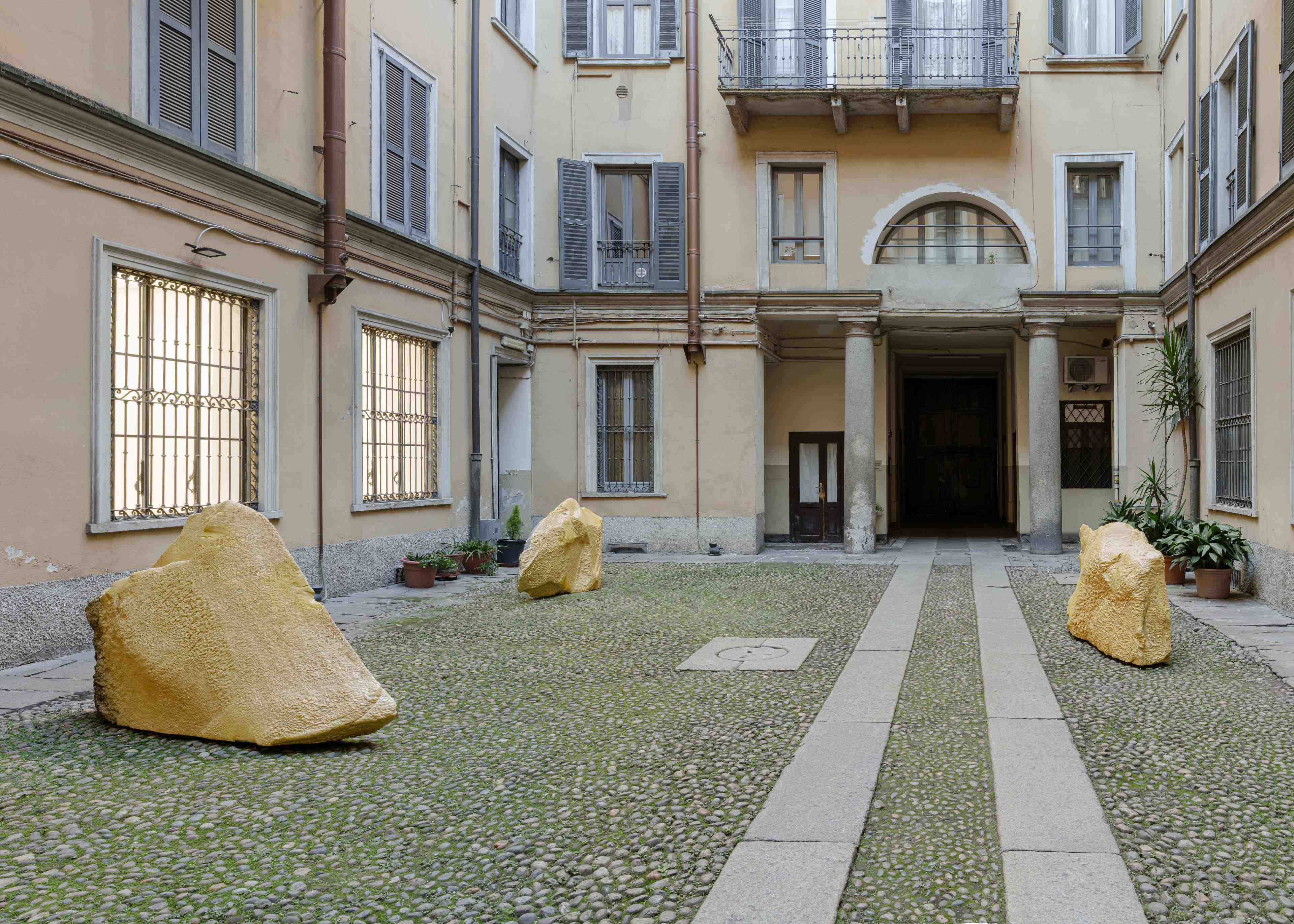
Nicola Martini, 1669 at Clima, Milan Exhibition view
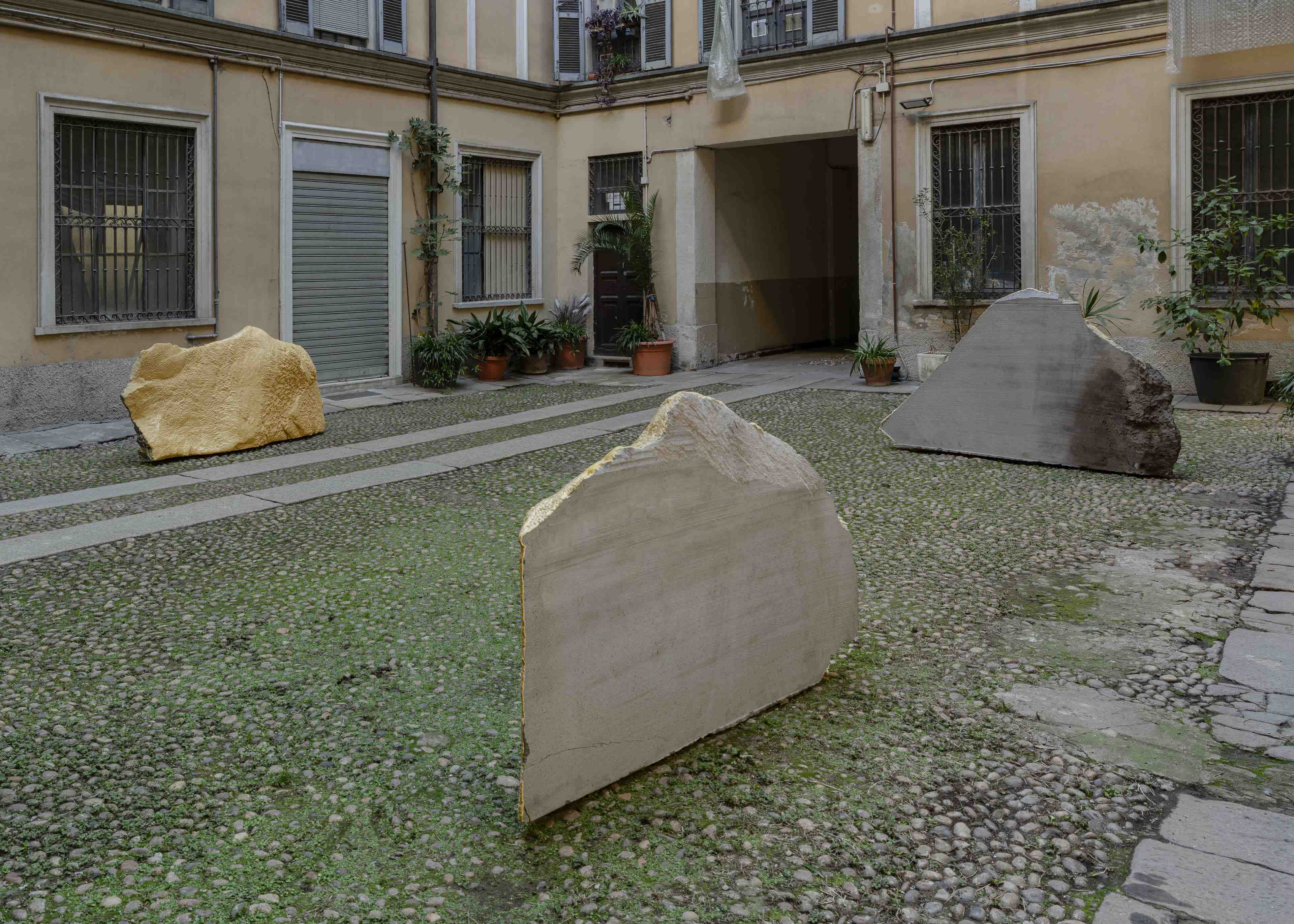
Nicola Martini, 1669 at Clima, Milan Exhibition view
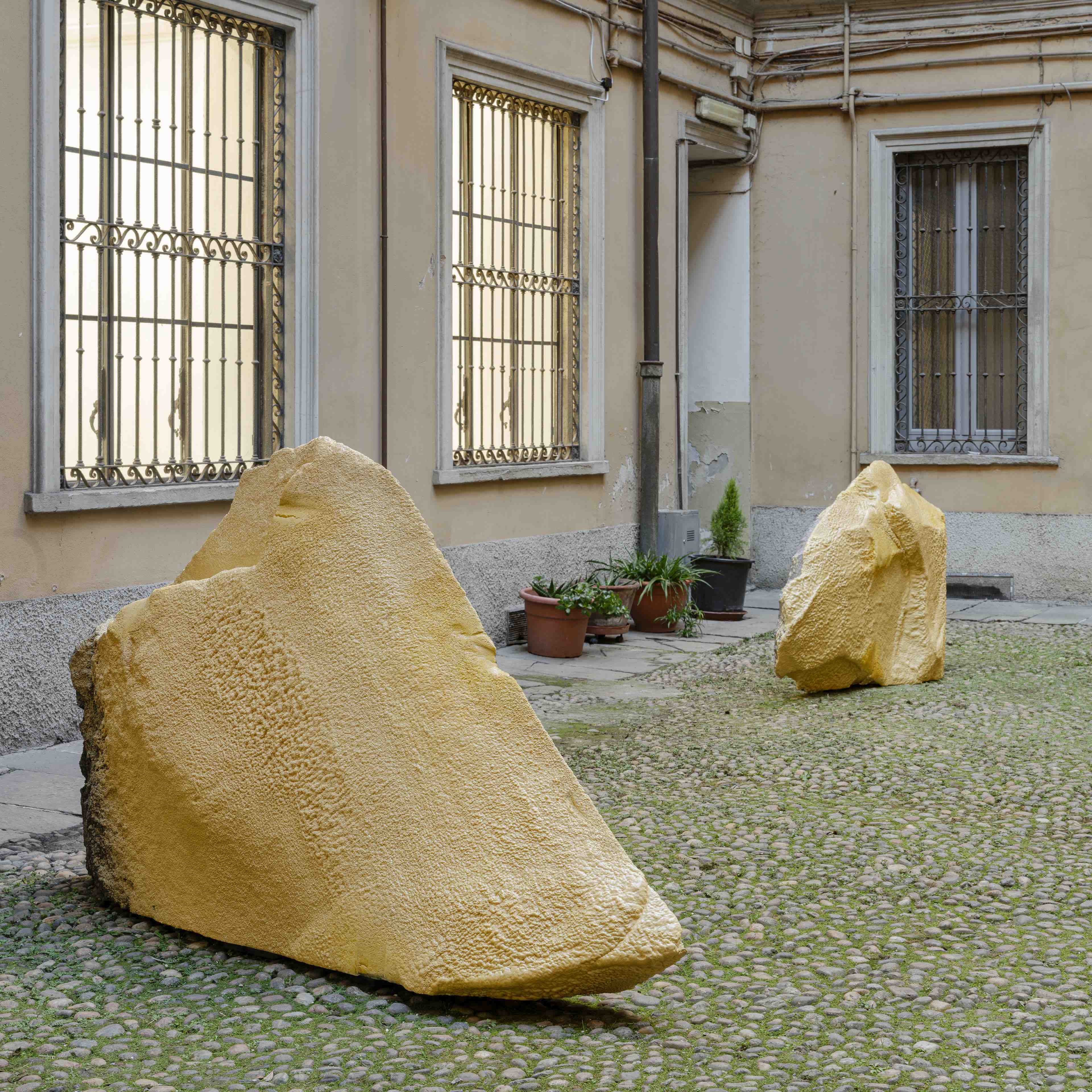
Nicola Martini, 1669 at Clima, Milan Exhibition view
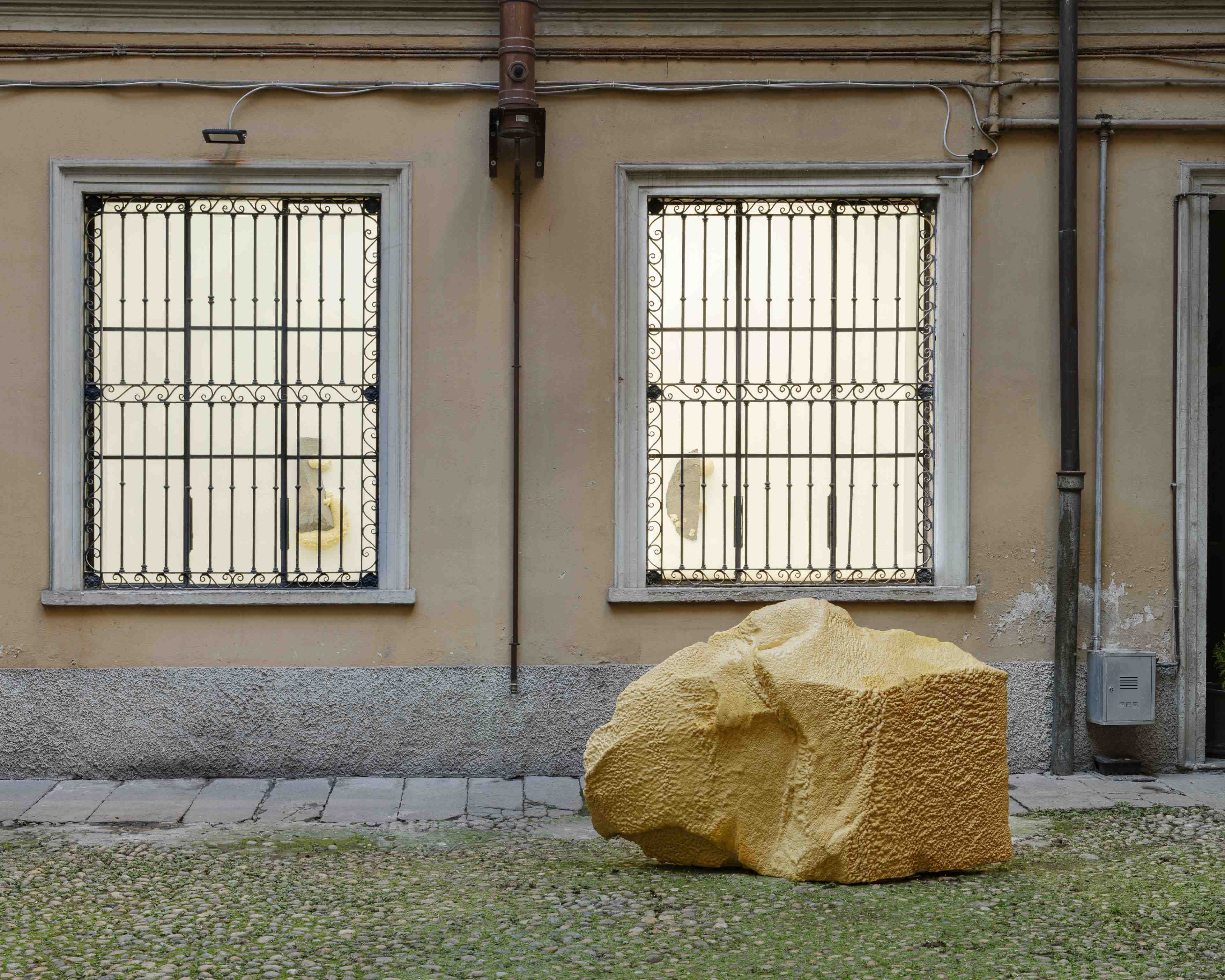
Nicola Martini, 1669 at Clima, Milan Exhibition view

Nicola Martini, 1669 at Clima, Milan Exhibition view

Nicola Martini, 1669 at Clima, Milan Exhibition view

Nicola Martini, 1669 at Clima, Milan Exhibition view
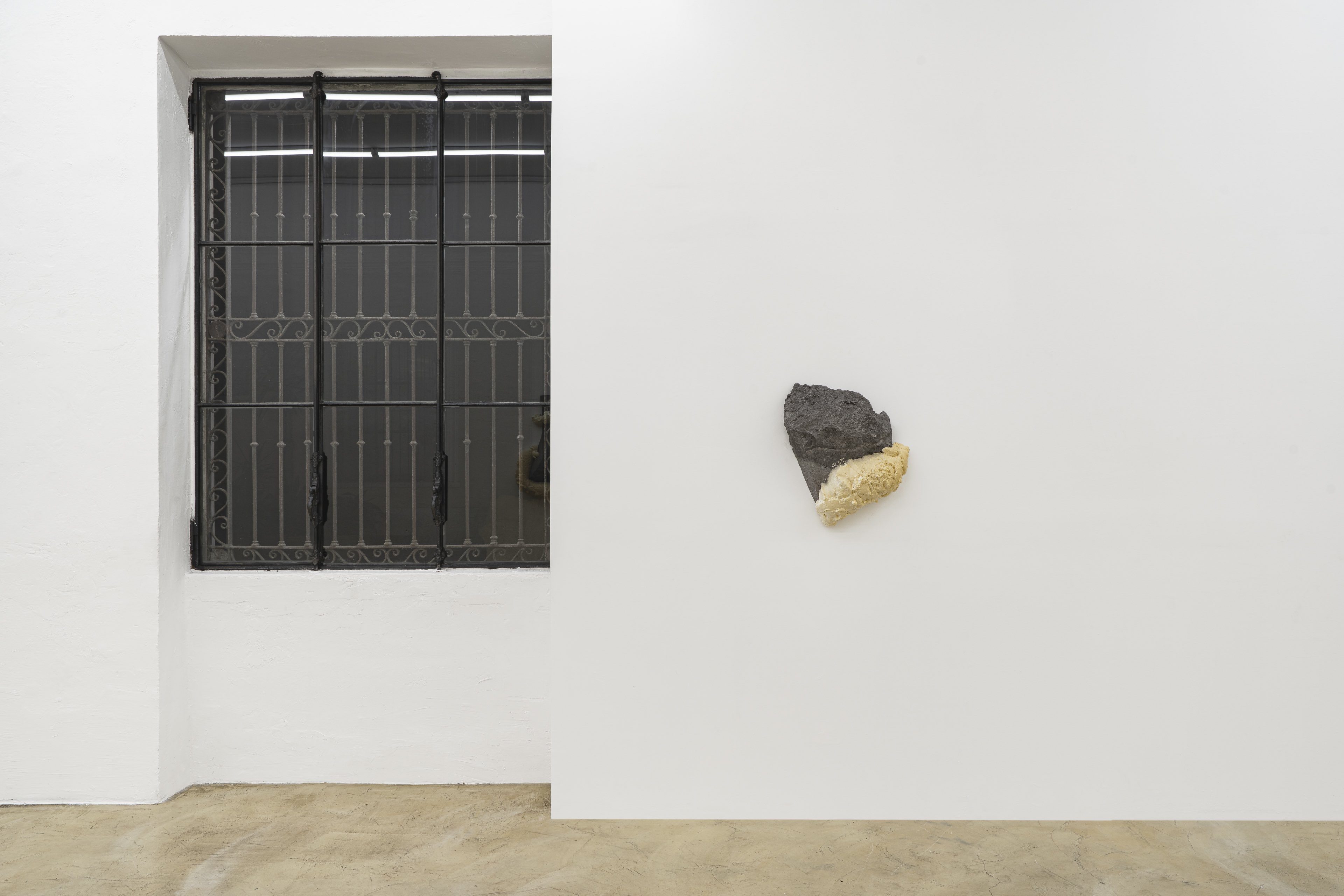
Nicola Martini, 1669 at Clima, Milan Exhibition view
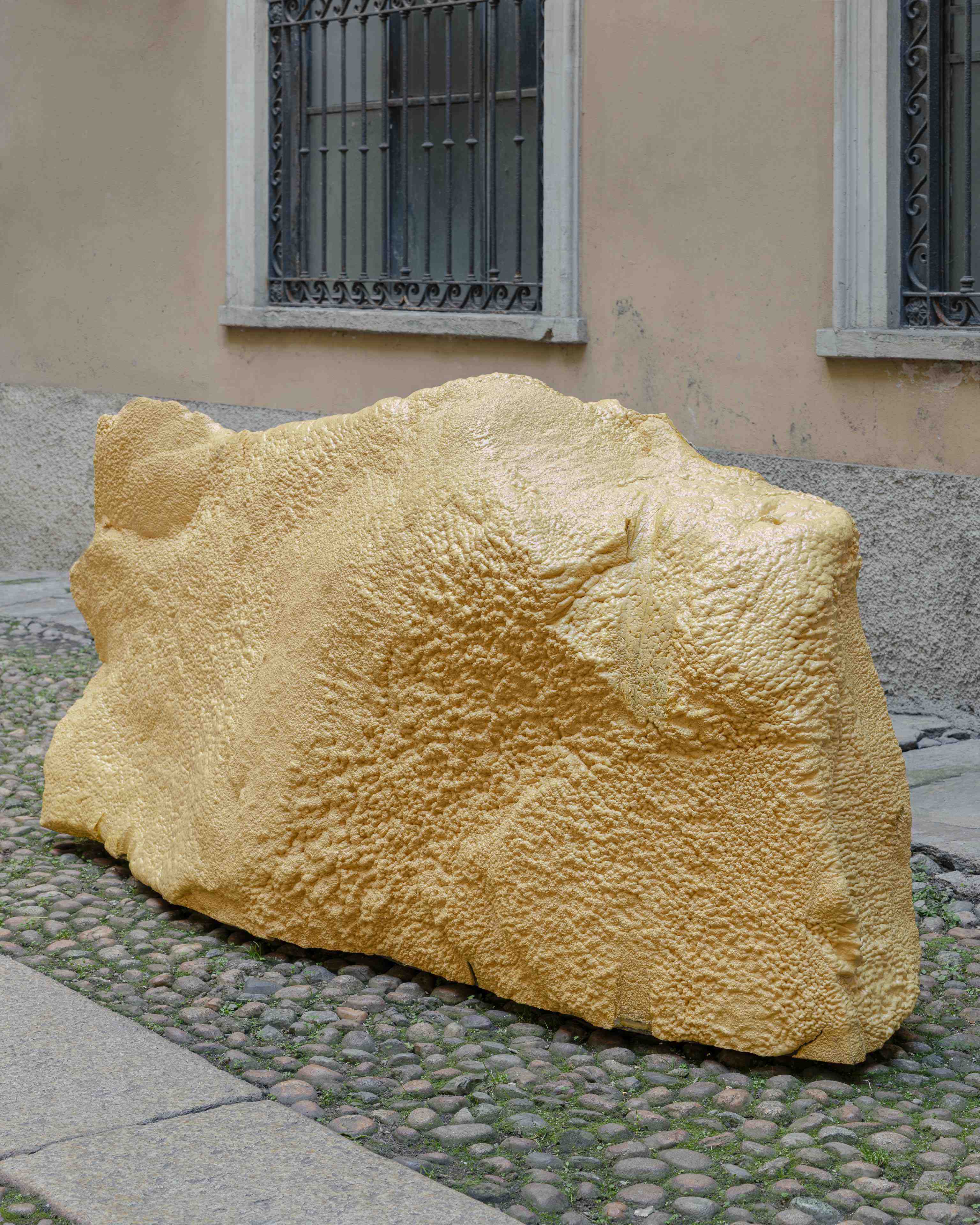
Nicola Martini, Xenolite, 2024 Basalt and polyurethane 230x110x40 cm

Nicola Martini, Xenolite, 2024 Basalt and polyurethane 230x110x40 cm (DETAIL)
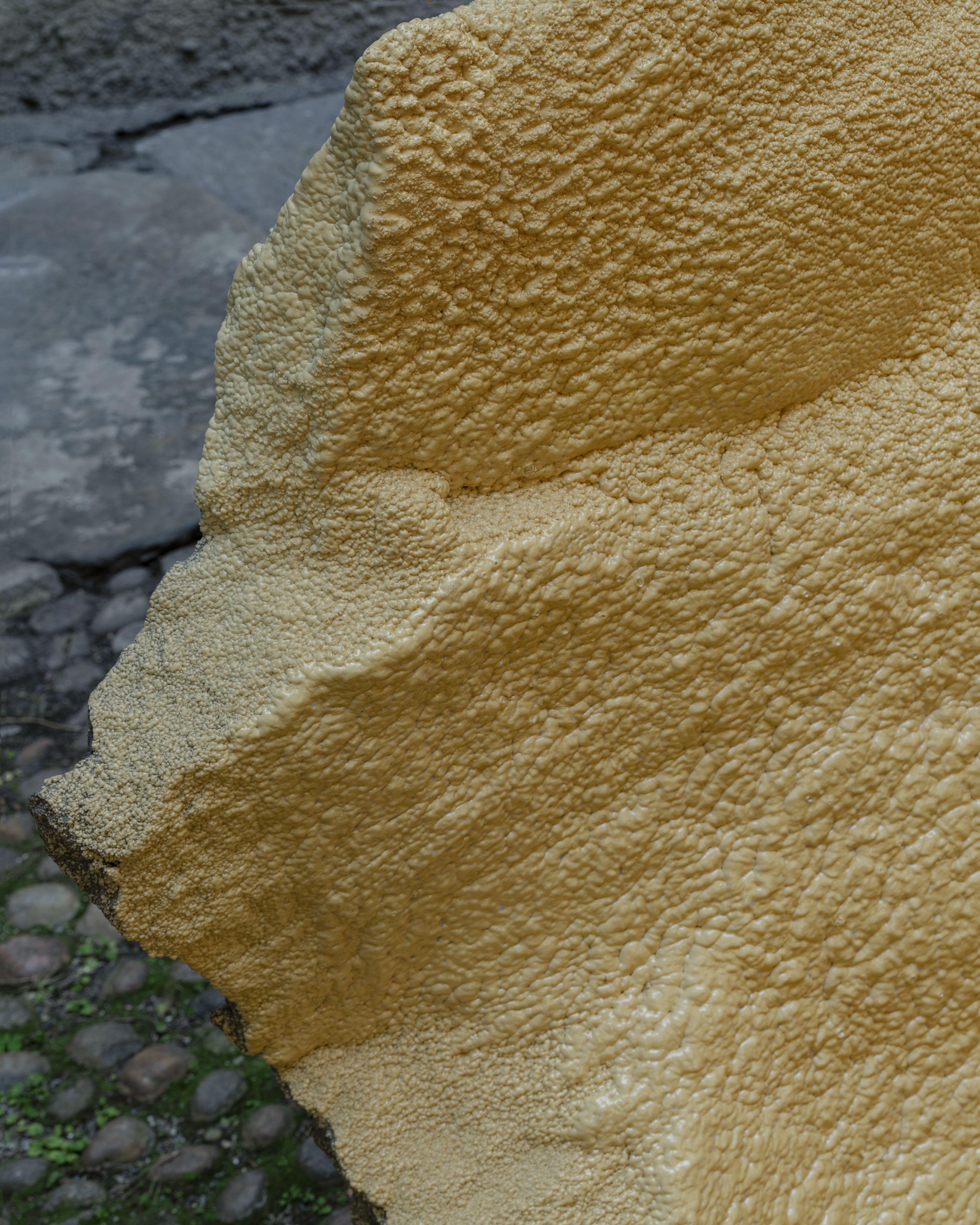
Nicola Martini, Xenolite, 2024 Basalt and polyurethane 230x110x40 cm (DETAIL)
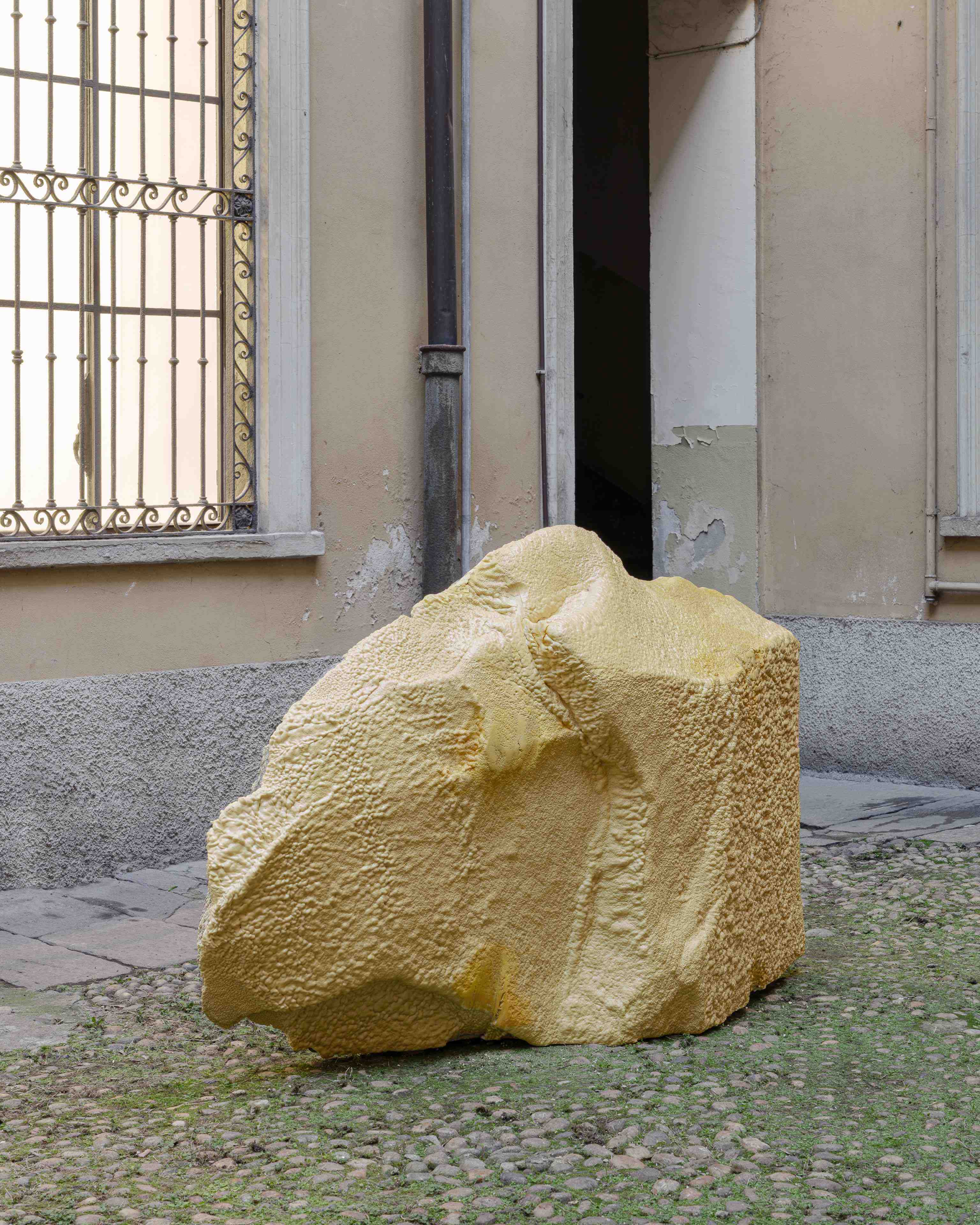
Nicola Martini, Xenolite, 2024 Basalt and polyurethane 185x120x35 cm
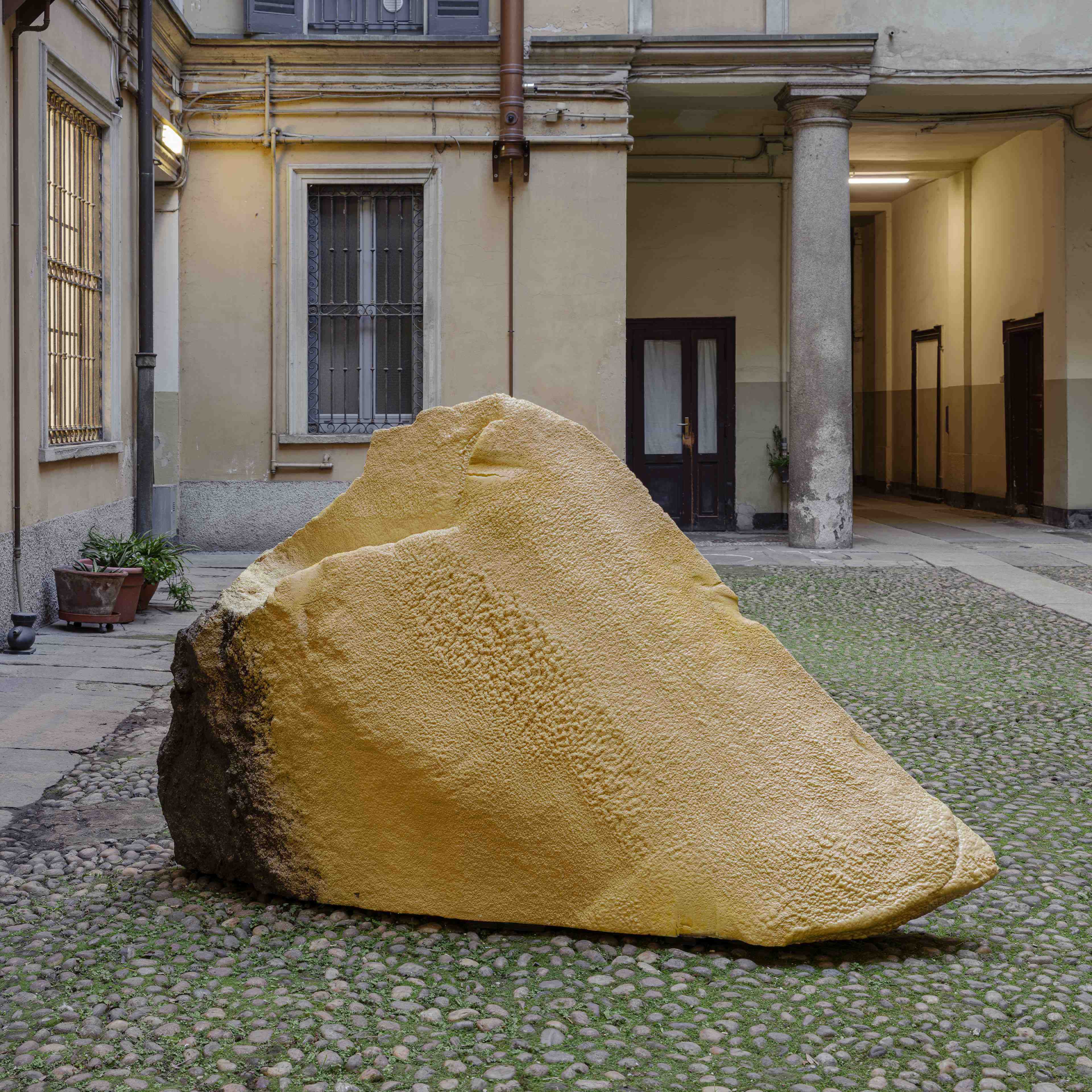
Nicola Martini, Xenolite, 2024 Basalt and polyurethane 225x110x40 cm

Nicola Martini, Xenolite, 2024 Basalt and polyurethane 225x110x40 cm
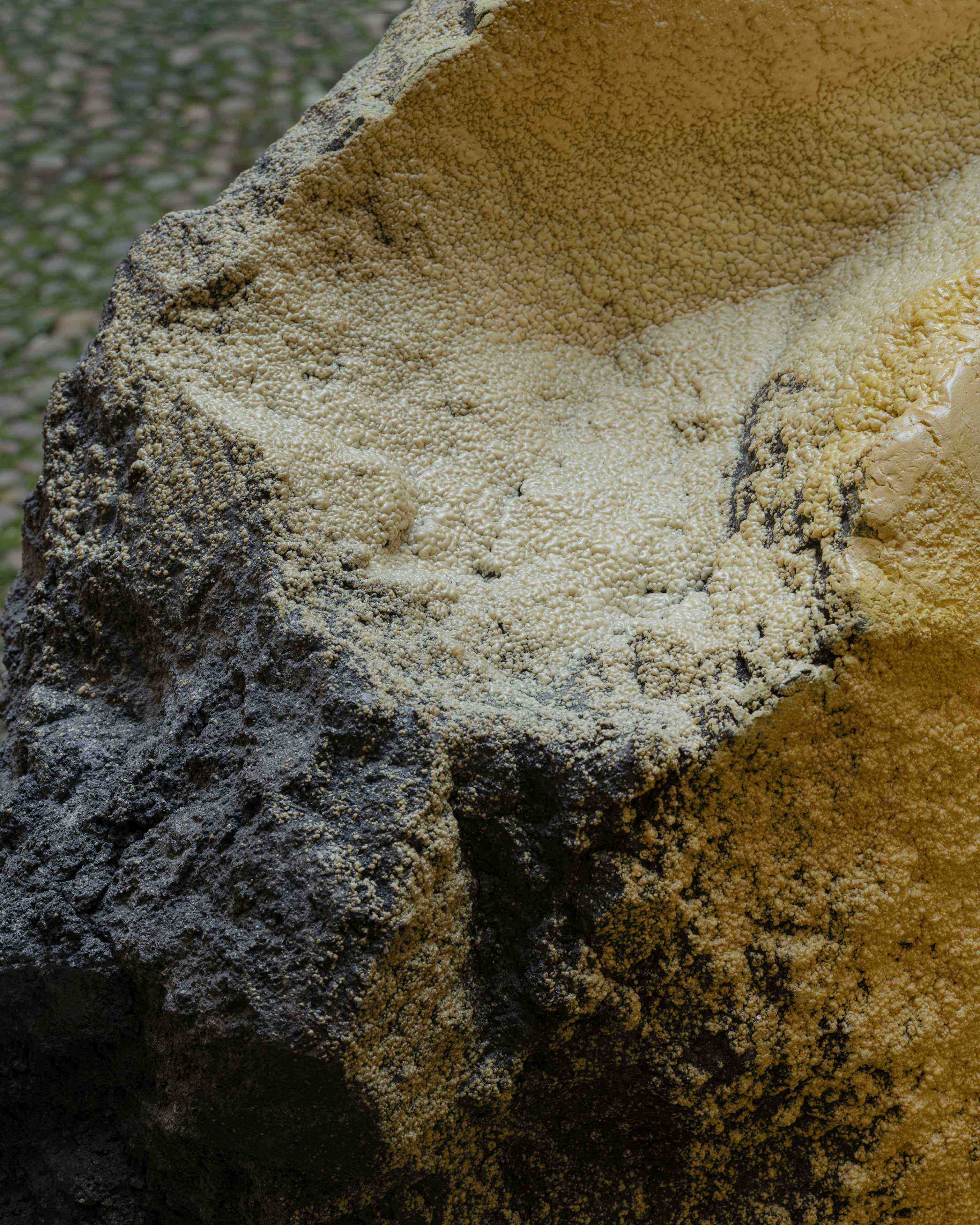
Nicola Martini, Xenolite, 2024 Basalt and polyurethane 225x110x40 cm (DETAIL)

Nicola Martini, Xenolite, 2024 Basalt and polyurethane 50x62x13 cm
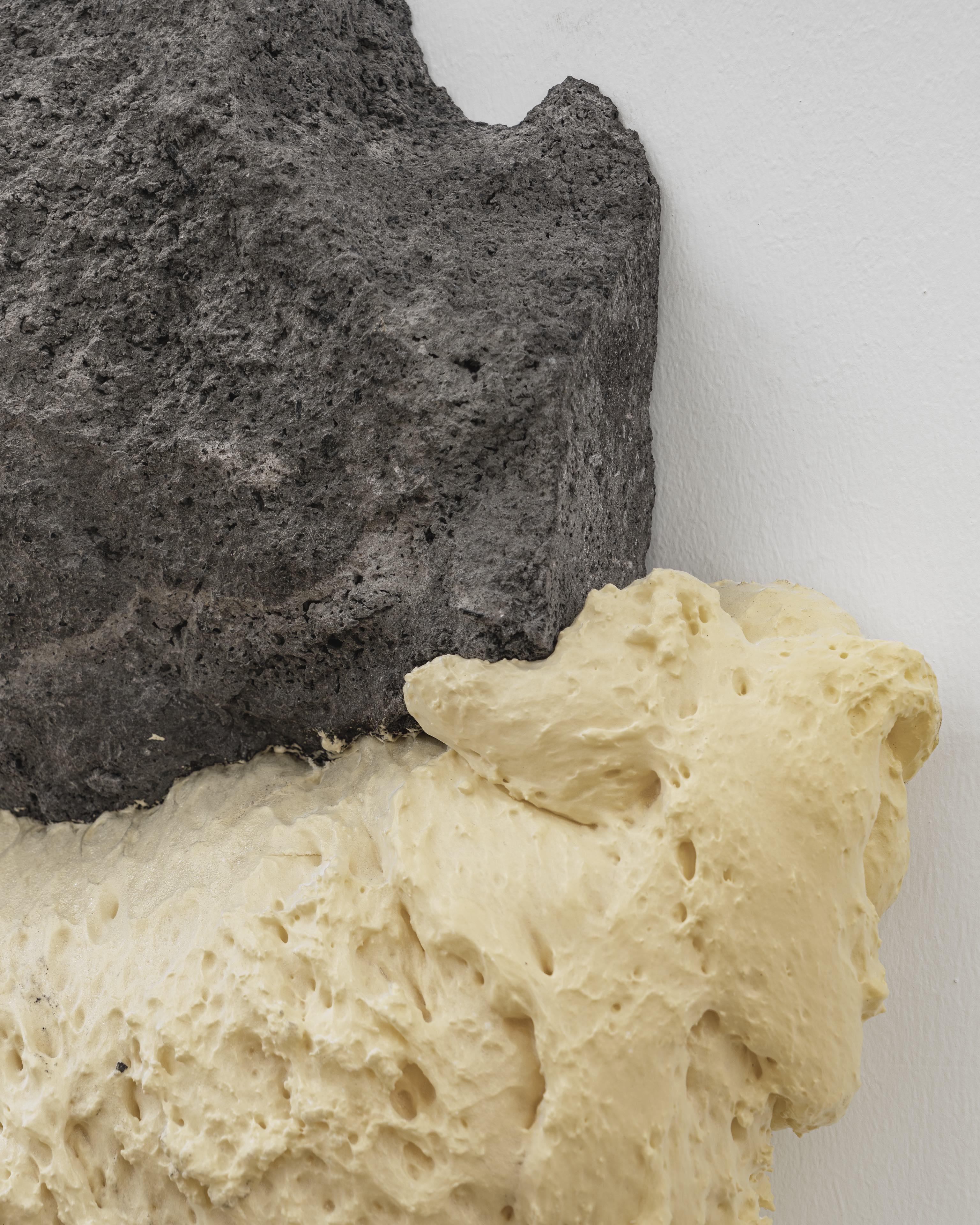
Nicola Martini, Xenolite, 2024 Basalt and polyurethane 50x62x13 cm (DETAIL)
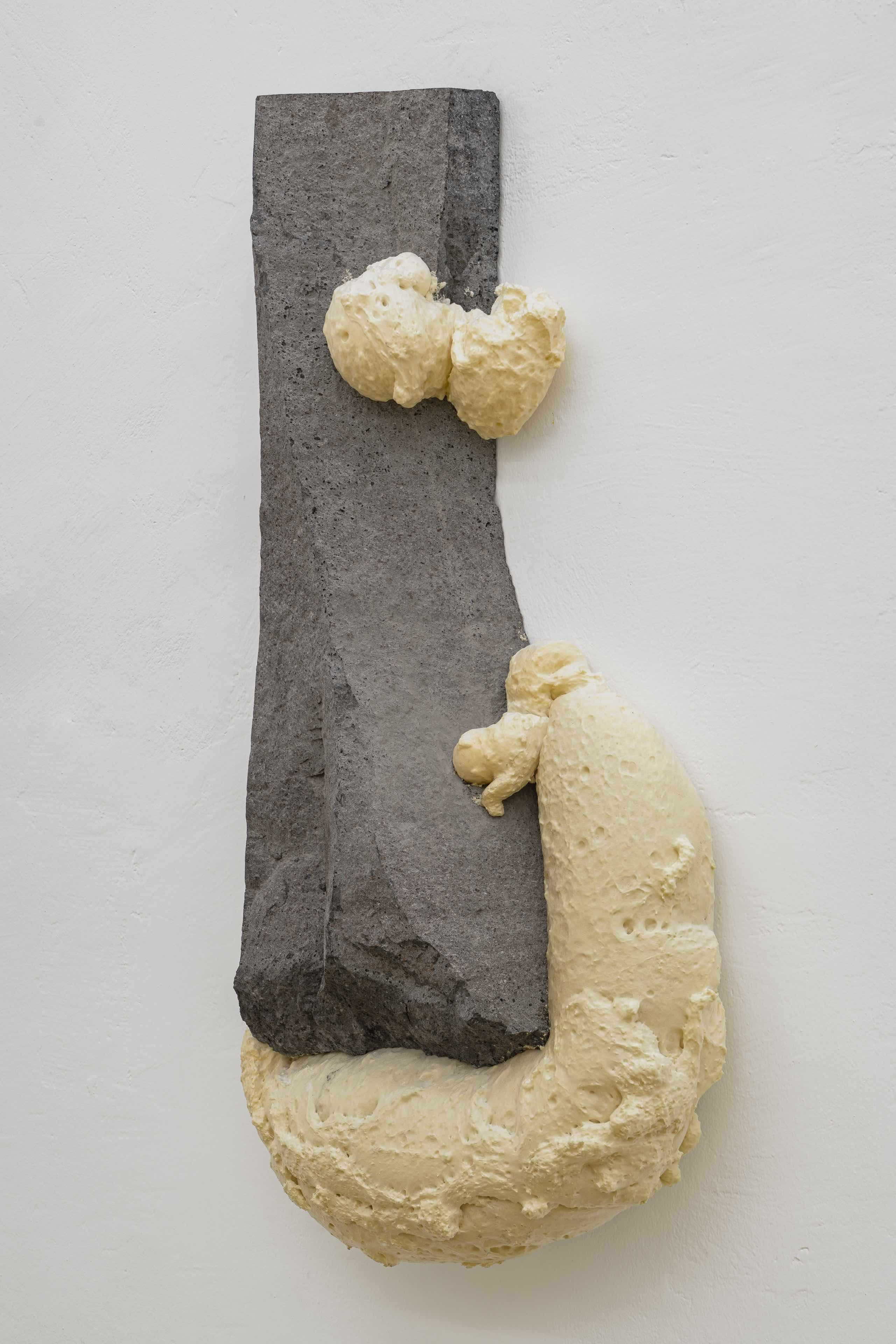
Nicola Martini, Xenolite, 2024 Basalt and polyurethane 50x95x16 cm
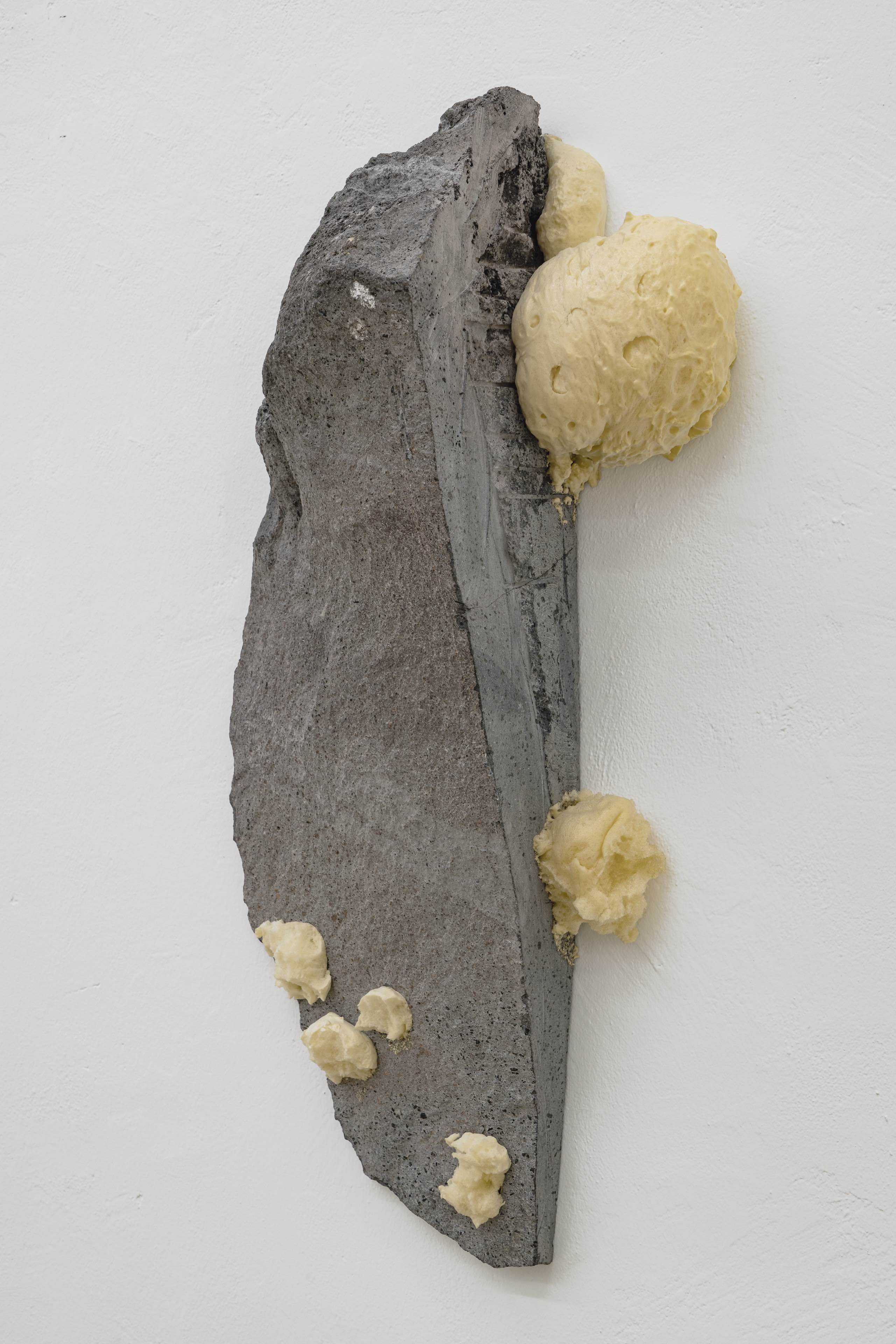
Nicola Martini, Xenolite, 2024 Basalt and polyurethane 45x85x18 cm
Xenolite
In geology we define Xenolith as the presence of a foreign body brought by a lava flow that in the crystallization phase remains as an autonomous element at the final stage of natural structures.
It is a way through which our gaze defines anomalous alterations within an aesthetic landscape: this confronts us with a problem of classification ... do things exist autonomously in the inventory of the world of metaphysics and then only later it is us that names them, or is it the limits of our names that must contend with the impossibility of a hybrid classification of the things of nature?
A xenolith, as the Greek etymology itself shows, betrays the presence of a stranger within an apparently unitary body. Yet obviously these are two harmoniously amalgamated levels of reality that nevertheless the eye perceives with a disharmonious alteration. But where does artificiality and therefore the alien begins and where does the unitary and ordinary reality end? In a sense, Nicola Martini’s works, playing with the date-title of one of the most famous lava flows of the vol- cano Etna, speak of this: how much reality is nothing but a set of things that are only things, and where instead human architecture detects peaks or alterations. It sounds like a mere metaphysi- cal problem with aesthetic implications, but in fact we are faced with what we might call a moral landscape. And the reality that transcends us and the eruptions of a volcano are just that: the uncontrollable marvelous ferocity of realism to which we must all succumb soon afterwards.
Yet in this act of observing reality and the uncontrollable lurks xenolith, that is, a prisoner’s formal resistance. Whether it is a material that tries to glue itself to the other creating an intensity, that is, perhaps, the real explosive fuse of a contemporary artwork, or a simple prisoner of an immense lava flow, the contemplative life like the material everyday life is characterized as a clash that is also an encounter: there are no materials, profoundly different from each other, relationships that we can call nonviolent. Yet it is in the balance of these two forces that violence is transformed into a balance, and here then is the moral implication of an apparent aesthetic phenomenology.
Every lava flow is nothing but is a phenomenon of creation hidden behind an apparent phenome- non of destruction. So this is what we witness: what is an act of creation? The old world blowing up, but of which we therefore continue to perceive ancient layers on which we ourselves walk: as in the city of Catania, which of Etna is the most obvious theater, is resting on numerous layers of ancient peoples.
Xenoliths we ourselves therefore are, where the silly distinction between nature and culture defi- nitely blows up in a continuous contemplative and poetic balance between reality and interpreta- tion.




